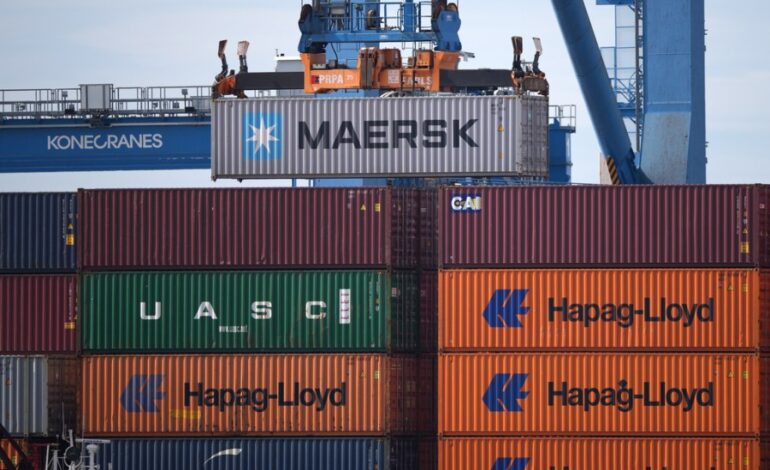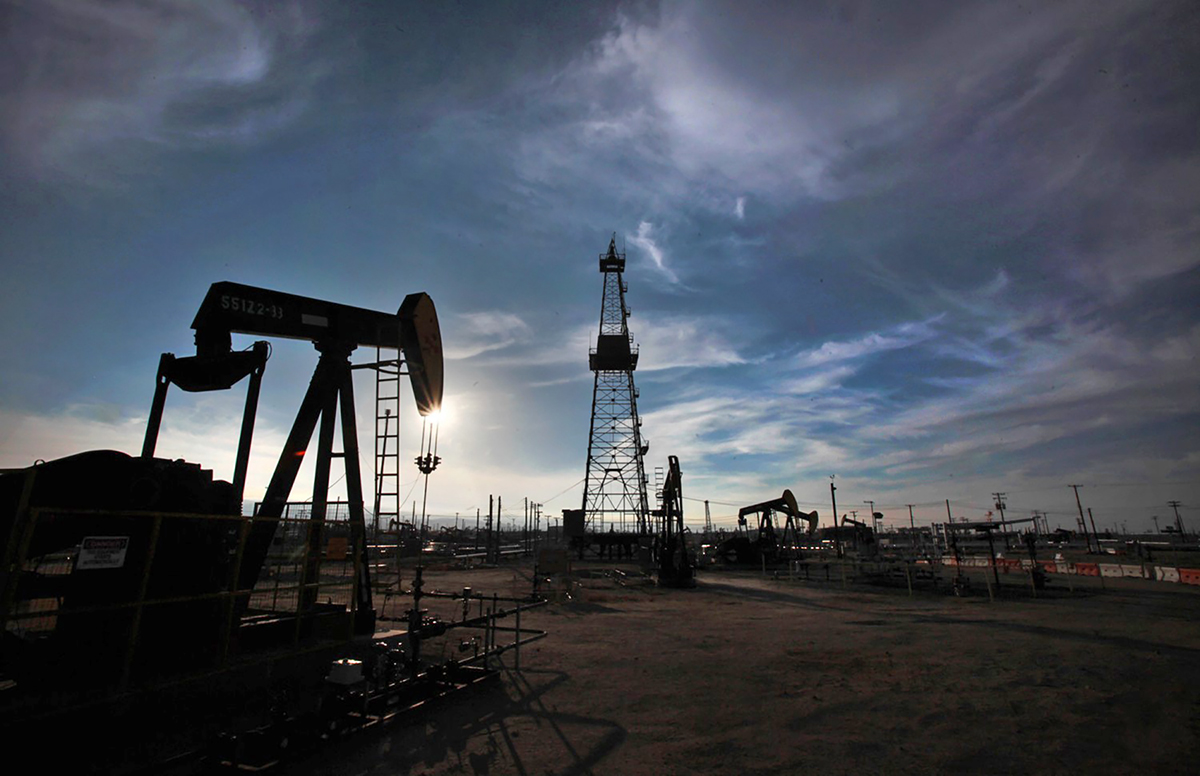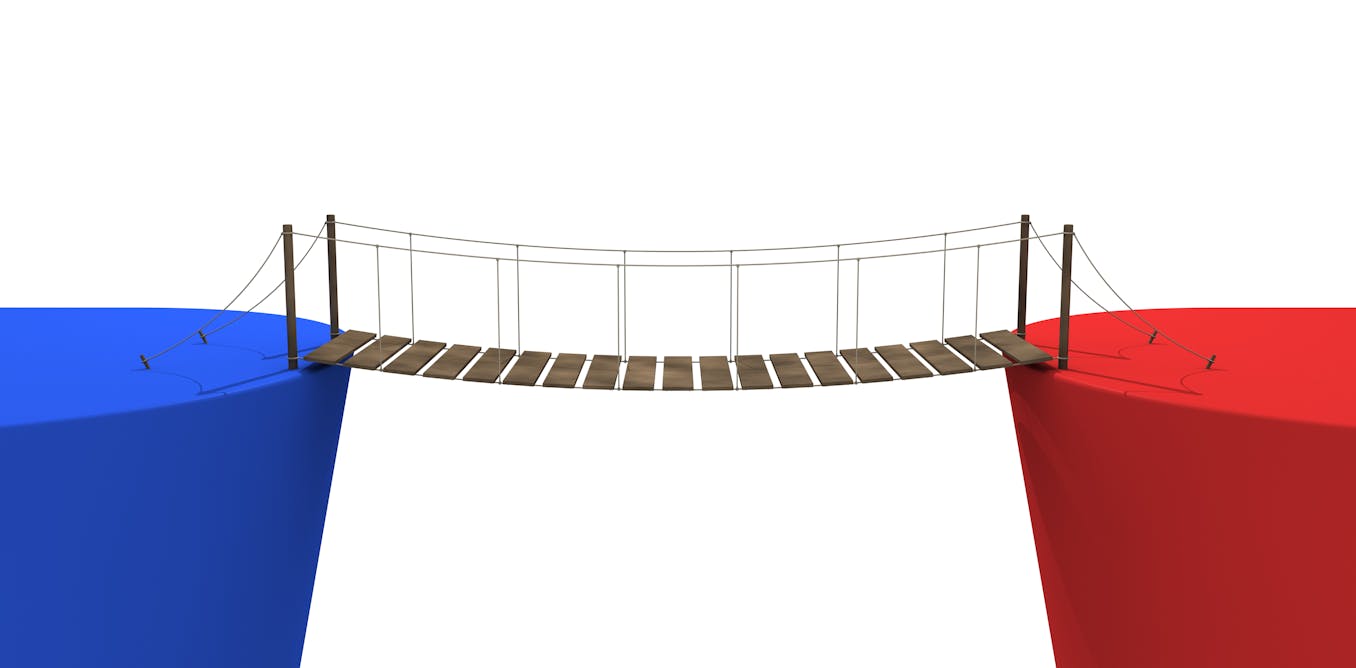U.S. Manufacturing Faces Critical Challenges as Jobs Decline

The U.S. manufacturing sector is undergoing significant challenges as job cuts and operational shifts threaten its future viability. Despite President Donald Trump‘s promise to revitalize American manufacturing and curb outsourcing, factories across the nation continue to reduce their workforce. As a result, the U.S. risks losing its competitive edge in high-tech innovation, which could have long-term implications for the economy.
Recent data indicates a troubling trend within the manufacturing industry. Job losses are becoming more prevalent, and many companies are increasingly relocating operations abroad. This shift is driven in part by new tariffs and visa fees that are making it more costly for companies to operate within the United States. As businesses grapple with these financial pressures, the promise of a manufacturing renaissance seems increasingly distant.
Impact of Tariffs and Visa Fees
The introduction of tariffs has led to increased costs for manufacturers, prompting many to reconsider their operational strategies. According to a report from the National Association of Manufacturers, tariffs imposed on imported materials have resulted in higher production costs, which many companies are passing on to consumers. This has sparked a cycle of rising prices, making U.S. products less competitive on a global scale.
Additionally, increased visa fees for foreign workers have compounded the issue. Many manufacturers rely on skilled labor from abroad to fill critical roles. The rising costs associated with hiring international talent have pushed some companies to explore alternatives outside the United States, further exacerbating the job decline within the industry.
Manufacturers are now faced with the dilemma of balancing operational costs and maintaining a skilled workforce. As a result, job cuts have become a common response to these economic pressures. The overall outlook for the manufacturing sector is increasingly uncertain, raising concerns about its long-term sustainability.
The Risk of Losing High-Tech Innovation
As factories cut jobs and move operations overseas, the U.S. risks losing its status as a leader in high-tech innovation. The manufacturing sector has historically been a driving force behind technological advancements, providing the foundation for new developments in various industries. However, the decline in domestic manufacturing could jeopardize this vital pipeline of innovation.
Analysts warn that if trends continue, the U.S. could fall behind other nations, particularly those in Asia and Europe, where manufacturing remains robust. The loss of skilled labor and investment in research and development in the U.S. could lead to a stagnation in innovation, diminishing the country’s global competitiveness.
The challenges facing American manufacturing represent a critical juncture in the sector’s history. While the focus has been on reviving domestic production, the current trajectory suggests that significant changes are needed to reverse the trend of job losses and maintain leadership in high-tech industries.
In conclusion, the decline of the U.S. manufacturing sector raises crucial questions about the future of the economy. With job cuts becoming commonplace and companies shifting operations abroad due to tariffs and visa fees, the promise of a manufacturing resurgence remains unfulfilled. The risk of losing high-tech innovation not only affects manufacturers but has broader implications for the entire economy. Addressing these challenges will require concerted efforts from policymakers, industry leaders, and the workforce to ensure that American manufacturing can adapt and thrive in an increasingly competitive global landscape.






